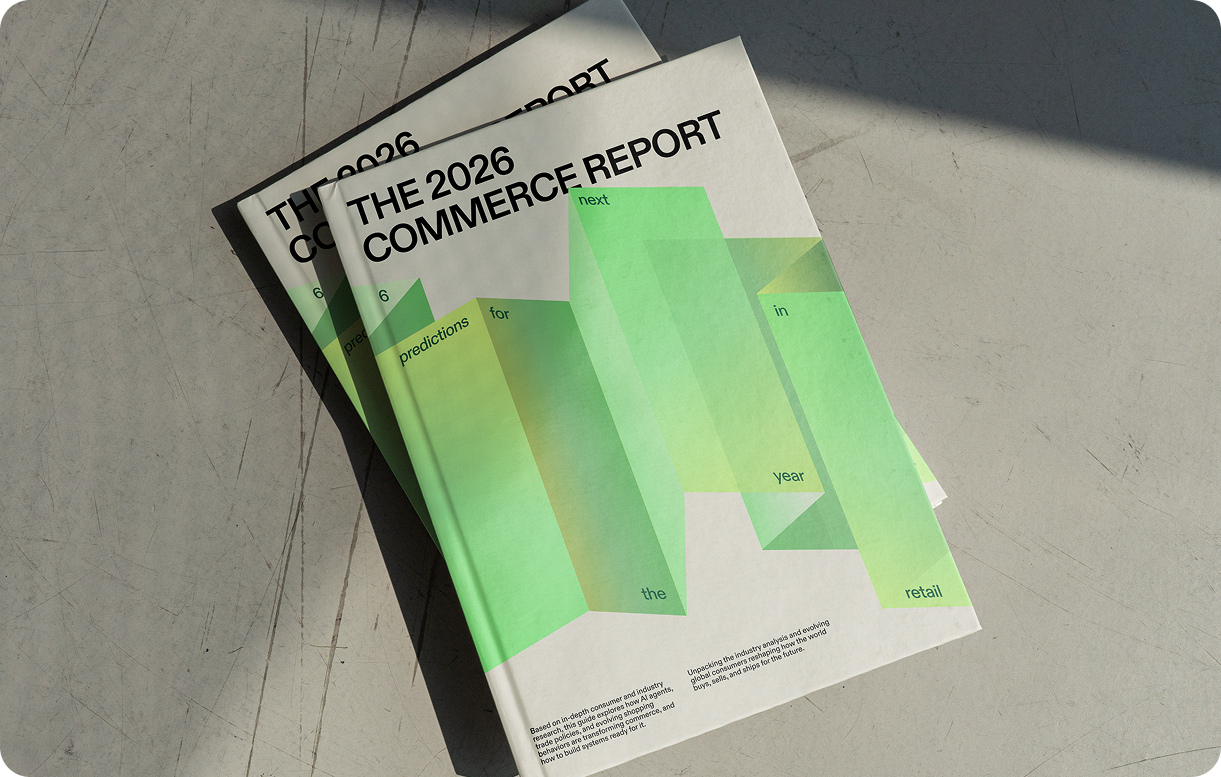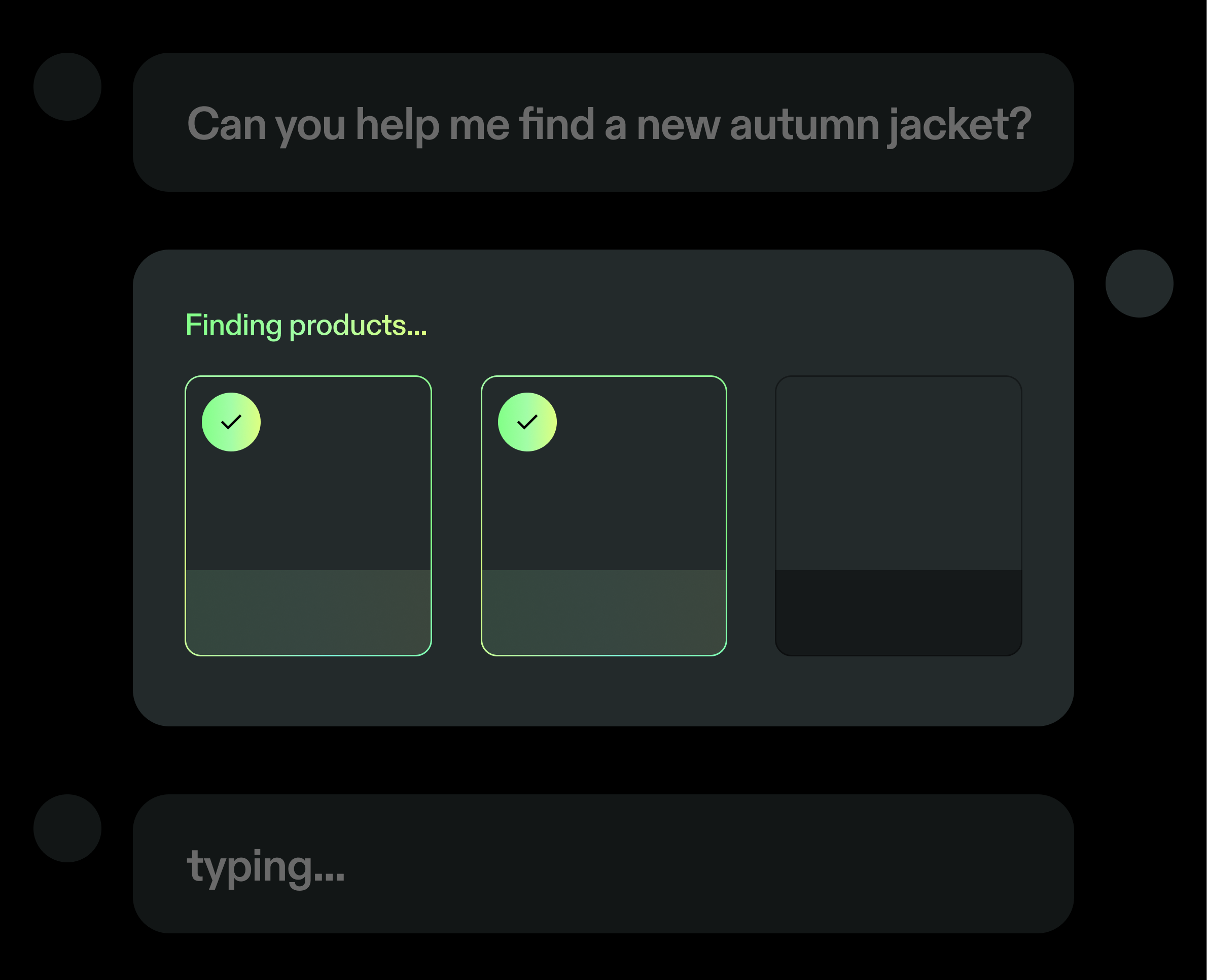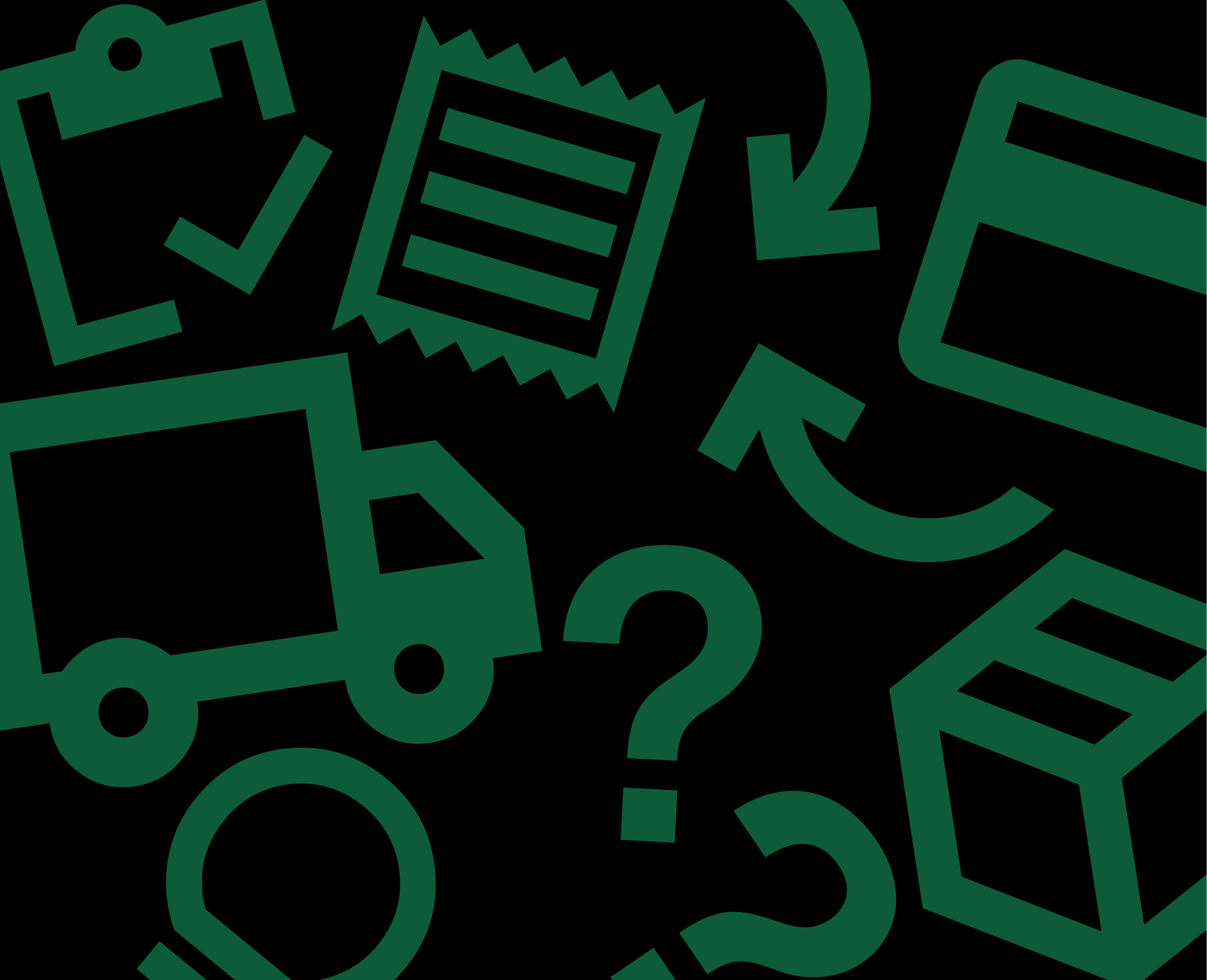Let's dive into the details on why selling internationally with minimal friction is crucial for rapid growth.
What is Cross Border Ecommerce?
Cross-border ecommerce refers to the process of selling products or services to customers in different countries online. This involves navigating various logistical, regulatory, and cultural challenges to reach a global audience effectively.
The key components of cross-border ecommerce include:
International Shipping and Logistics
Ensuring efficient delivery of products across borders, managing customs clearance, and handling returns.
Localization
Adapting websites, product descriptions, pricing, and marketing strategies to suit the preferences and expectations of different markets.
Payment Processing
Offering diverse and secure payment options to cater to the preferences of international customers.
Regulatory Compliance
Understanding and adhering to the legal requirements, taxes, and duties of each target market.
Streamlined Returns
Establishing a process that makes returns and exchanges easier for customers without burdening them with costly and time consuming processes that drive down customer loyalty.
Key Statistics Highlighting the Growth of Cross Border Ecommerce
The global ecommerce landscape is rapidly evolving, with cross-border sales playing a significant role. Here are some compelling statistics that underscore the importance of international ecommerce:
Rising Global Ecommerce Sales
According to eMarketer, global ecommerce sales are projected to reach $6.4 trillion by 2024, with a significant portion coming from cross-border transactions.
Increasing Cross-Border Shopper Base
A study by PayPal revealed that 57% of online shoppers made at least one cross-border purchase in 2022, indicating a growing trend of consumers looking beyond their borders for unique products and better deals.
Higher Average Order Value
Cross-border shoppers often have a higher average order value (AOV) compared to domestic shoppers. Research by Digital Commerce 360 found that international orders tend to be 17% higher in value than domestic orders.
Expanding Market Reach
Statista reports that by 2023, over 20% of global ecommerce sales will be cross-border, reflecting the vast opportunities for businesses willing to tap into international markets.
The Benefits of Selling Internationally
Expanding your ecommerce business globally comes with several advantages:
Access to New Customer Segments
Reaching international markets allows you to tap into new customer segments that are not accessible domestically, increasing your overall customer base.
Revenue Diversification
Selling in multiple markets reduces dependence on a single economy, helping to stabilize revenue streams and mitigate risks associated with economic fluctuations in one region.
Competitive Advantage
Entering new markets ahead of competitors can establish your brand as a global leader and provide a first-mover advantage.
Economies of Scale
Increased sales volumes from multiple markets can lead to economies of scale, reducing per-unit costs and improving overall profitability.
Minimizing Friction in Cross-Border Ecommerce
To successfully grow your business globally, it is crucial to minimize friction in cross-border transactions. Here are some strategies to achieve this:
Streamlined Logistics
Partner with reliable logistics providers to ensure timely and cost-effective shipping. Implement efficient inventory management systems to handle international orders seamlessly.
Localized Customer Experience
Invest in localizing your website, product information, and marketing content. Offer customer support in multiple languages to enhance the shopping experience.
Flexible Payment Solutions
Provide a variety of payment options that cater to the preferences of international customers, including local payment methods and currencies.
Transparent Pricing and Duties
Clearly communicate shipping costs, taxes, and duties to avoid surprises at checkout. Consider using Delivered Duty Paid (DDP) shipping to simplify the buying process for customers.
Cross border ecommerce presents a significant growth opportunity for merchants looking to expand their reach and scale their operations. By understanding the complexities of international trade and implementing strategies to minimise friction, businesses can unlock new revenue streams and build a loyal global customer base.
As the ecommerce landscape continues to evolve, staying ahead of the curve with a robust cross-border strategy is key to thriving in the competitive global market.
Optimize your cross-border business switch the ecommerce operation system helping hundreds of brands grow internationally. Follow the flock. Book a demo today.






















